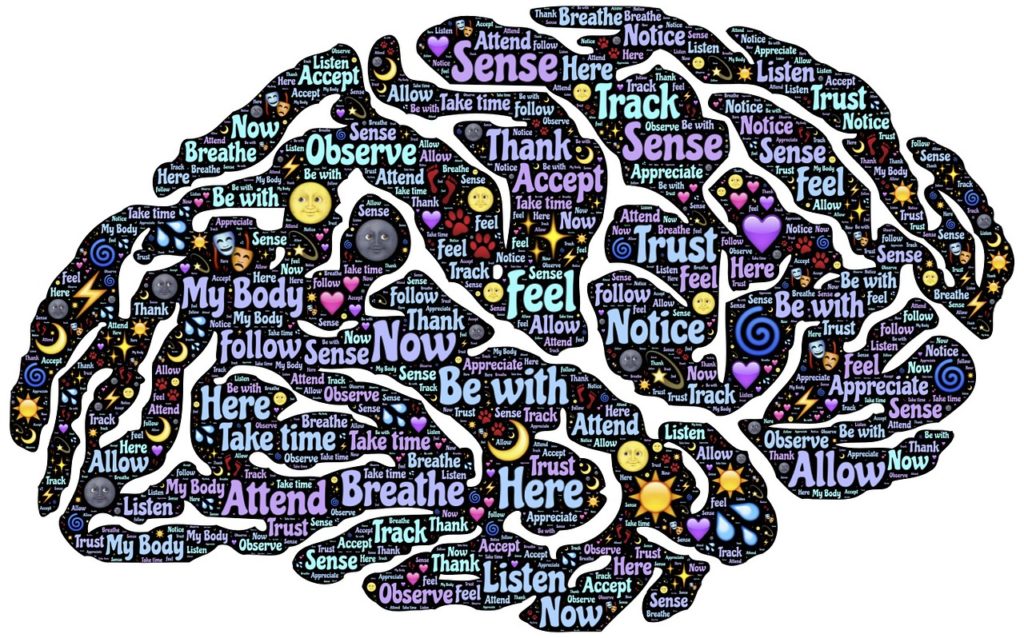Okay, the bad news is you can’t. The good news is you don’t have to pay attention to them…
________
This sitting quietly exercise is a way to practice a rather effective skill in clearing the clutter (including intrusive and unwanted thoughts) that your mind comes up with – and our minds (you’ll come to realize) do come up with a lot of it. The skill’s approach is in learning to categorize thoughts; e.g., as useful, suspect, or nonsense:
- Useful – these thoughts are easily (and obviously) recognizable as appropriate, helpful, and potentially workable; they help one make sense of the present moment (i.e., experience), or support the goal of satisfying the given need or desire.
- Suspect – these thoughts are not obviously helpful or constructive, and can use up precious mental energy without providing any real benefit; but then, they may be appropriate and deserve, at least at some point, some of our attention.
- Nonsense (or “Silly”) – these thoughts have no connection or anchor to what you truly believe, value, respect, or strive to achieve. While they can pop up at any moment (from the Elephant), they have no real rational meaning or relevance to help you. Often, you might think (or worry), “Where did that come from?” Don’t even waste time trying to answer that!
Once a thought has been categorized (i.e., labeled), then use the Useful thoughts, process the Suspect or Taxing thoughts (you can do this in the moment, or “set a date” to look at it more closely at a later, more appropriate or convenient time), and trash the Nonsense and Silly thoughts immediately (as into your mental circular file).
________
Getting started…
- Start SQ as you usually do… and when you’re ready, say to yourself, “Let’s go labeling…”
Labeling…
- Bring your focus to engage the Observing Self – and start to identify thoughts as they arise. As you notice a thought come up, look at it and make a judgment of what value it has (or might have); give it the relevant label (Useful, Suspect, Nonsense).
- Let the thought go for now…no more judgment, assessment, curiosity, or worry…just let it go, return to the breath focus, then wait for and look at the next thought that comes up.
- When you’ve noticed it, repeat the process: look at, identify its type, and label it. Let it go…
- Do this for some number of thoughts (say, 10 or 20?)…
Concluding…
- When you’re done with observing specific thoughts, think of and focus on, for a few moments, at least two things you’re grateful for in your life.
- Then, smile to yourself…and step calmly into the rest of your day…
________
By doing this SQ exercise a number of times, you’ll begin to find yourself using it in your daily routine “on the fly” (or in-the-moment) as you need to. You’ll also rather quickly find you don’t waste mental time or energy labeling “Useful” thoughts at all. Suspect thoughts of course may come to deserve your attention.
Let the Nonsense thoughts just “be” – you have no choice in having them. And don’t be diverted by them – for more than it takes to identify them as such. Once labeled, the next time it “comes up,” its already been identified and you can – and should – quickly redirect your focus to something else. In other words, “starve it” – don’t give it any “air time.” That is how you’ll “get rid of it.”
_____________________________________________
[1] Thought = an idea or opinion or concept – identified by the use of words – that “comes up” in our thinking

